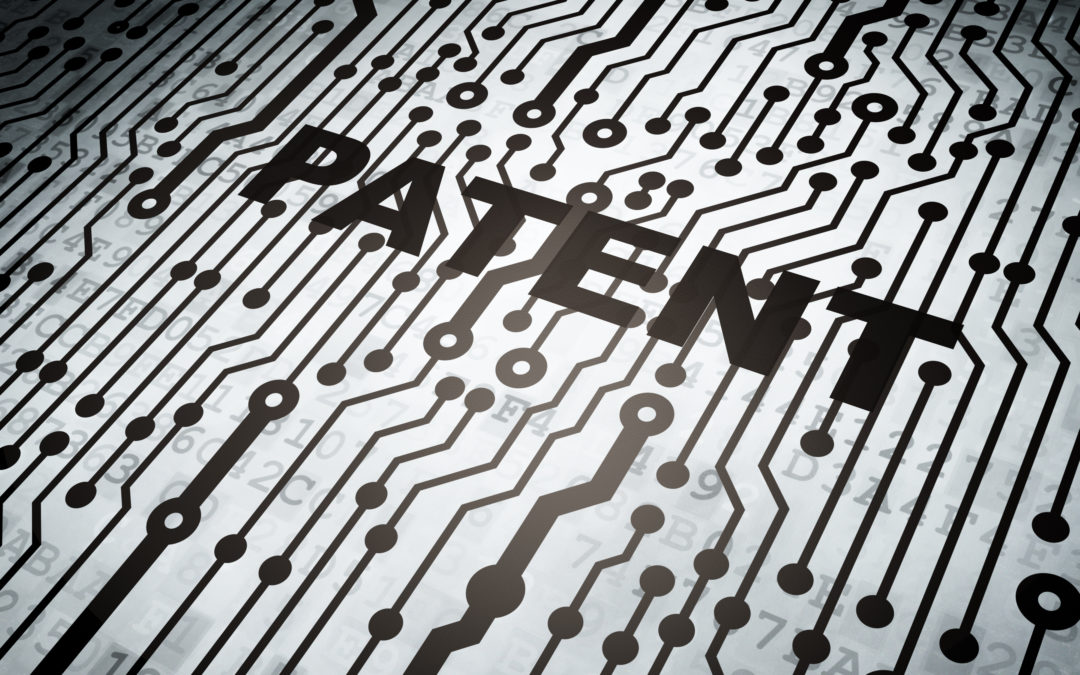Approximately 630,000 patent applications were filed with the US Patent & Trademark Office in 2015 with 51% of them from non-US jurisdictions. The vast majority of applications are for utility patents (93.6%), followed by design patents (6%), and a very small number of plant patents (<1%).
Utility patents cover new and useful processes, machines, article of manufacture or composition of matter or any improvement in these areas according to guidelines set out in 35 US Code §101. In addition, an invention cannot be patented unless it meets the test for novelty & non-obviousness.
“(1) the claimed invention was patented, described in a printed
publication, or in public use, on sale, or otherwise available to the
public before the effective filing date of the claimed invention”
— US Patent and Trademark Office
This “otherwise available to the public” criteria can cause problems for the novice inventor who excitedly shares information about their new product. According to USPTO, the term may include disclosures such as a presentation at a scientific meeting, inclusion in a journal article, a demonstration at a trade show, a lecture or speech, a statement made on a radio talk show, a YouTube™ video, or a website or other on-line material.
Searching for prior art or evidence that something similar to your invention exists is an important and difficult part of the process in deciding if something is patentable.
Do you have a great new product or machine that that you are interested in patenting? A free class on Patent Application Basics and Filings will be offered by the Rocky Mountain Regional Office of the US Patent & Trademark Office. It will be held at the Denver Public Library on Saturday, February 4, 2017 and will cover the basic requirements needed to file a patent application:
Application basics
- Understanding Claim language
- Filing your application online
- Pro Bono program
- Pro Se vs Attorney/Agent
The Denver office of the US Patent & Trademark Office opened in 2014. There are 80 patent examiners who review about 10% of the applications filed annually in the US. In addition to classes, the office provides a variety of other resource for inventors including access to onsite databases to search for prior art references in previously approved patents.
Have you got a great idea for a new product or process? What are you waiting for? Find out more about what it would take to have your invention patented.

